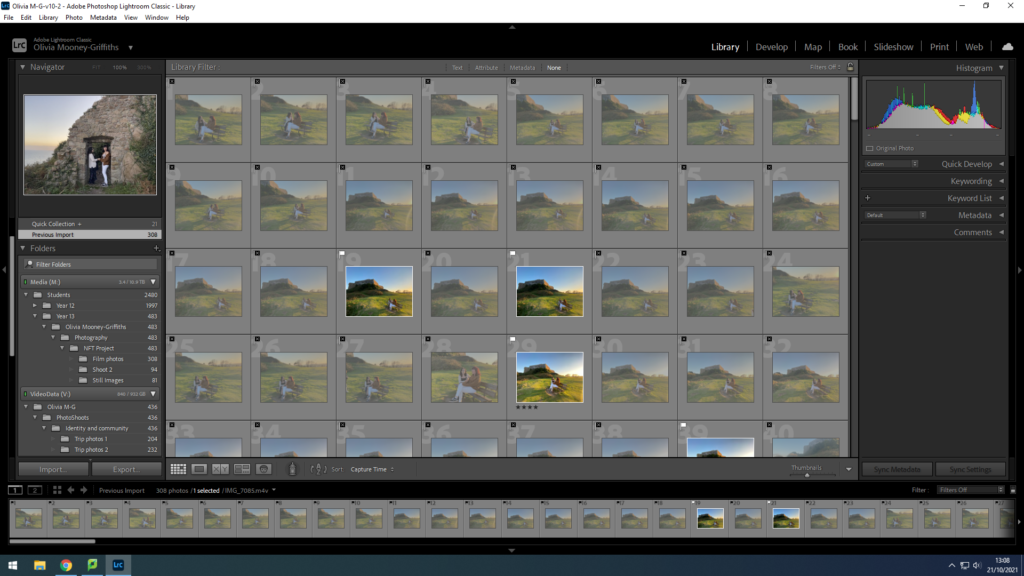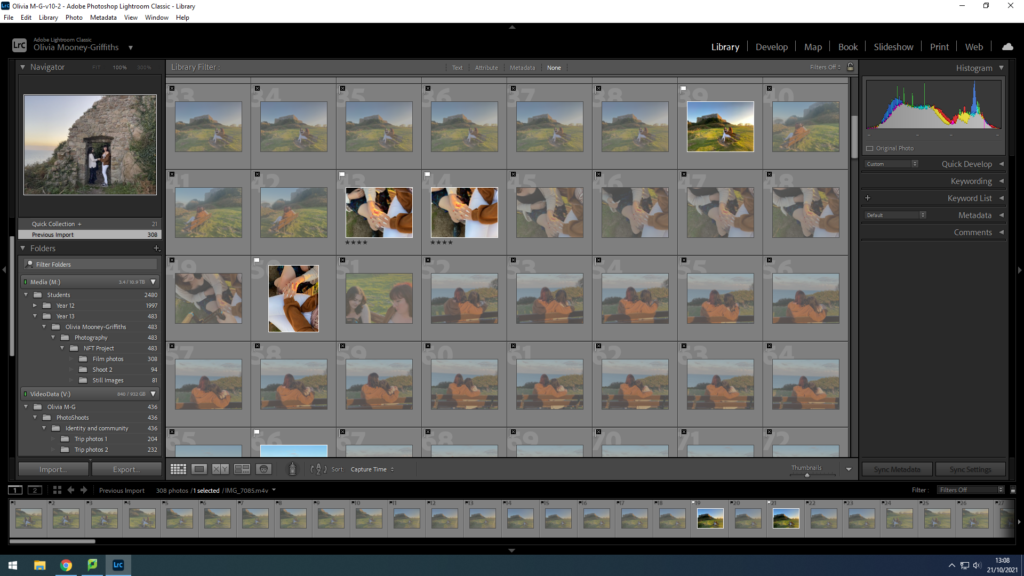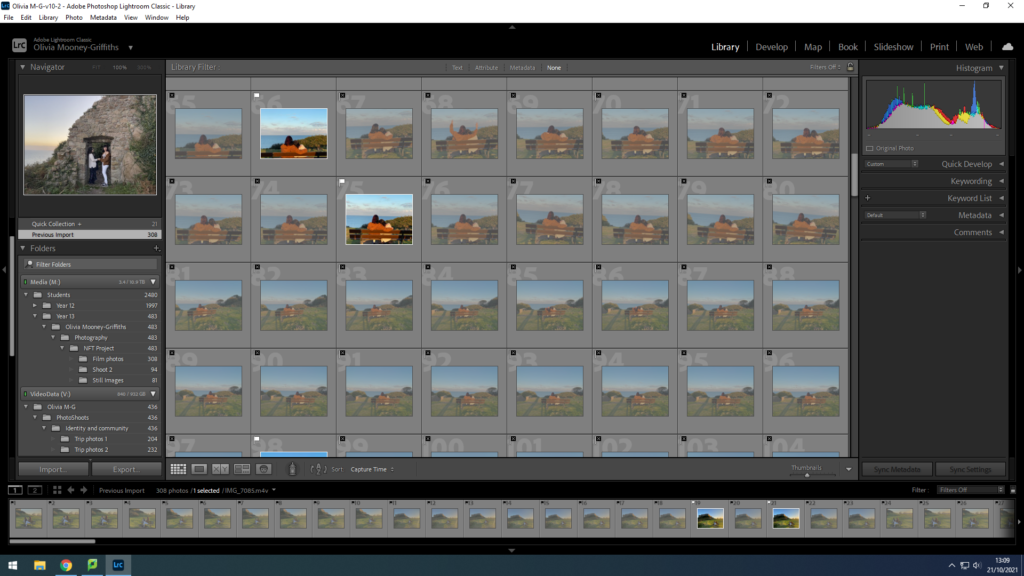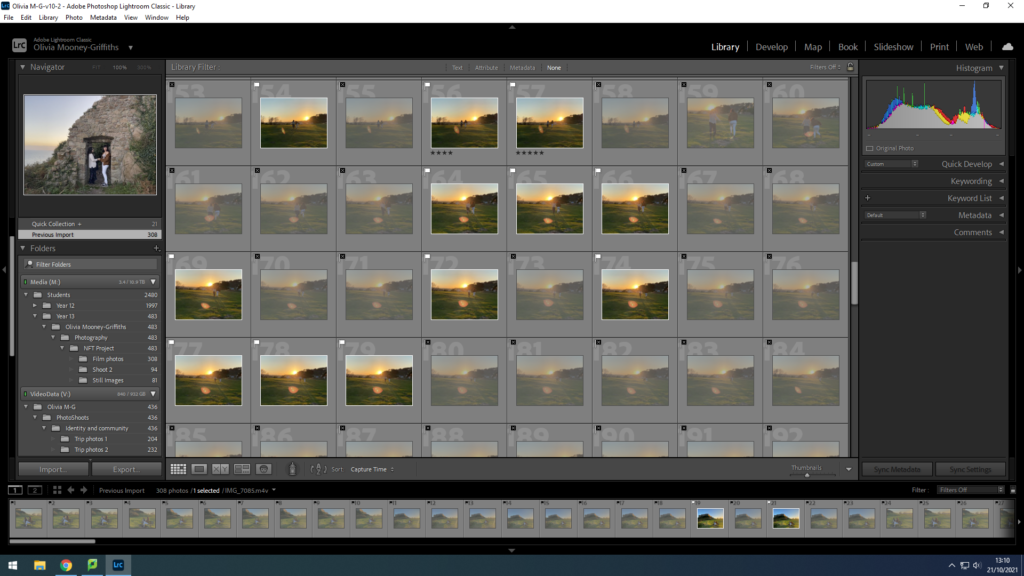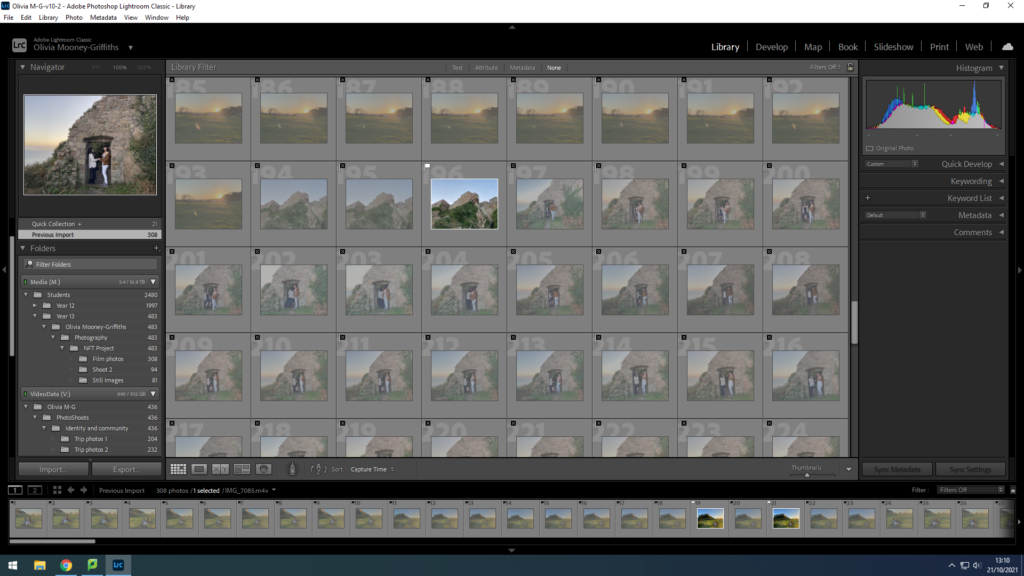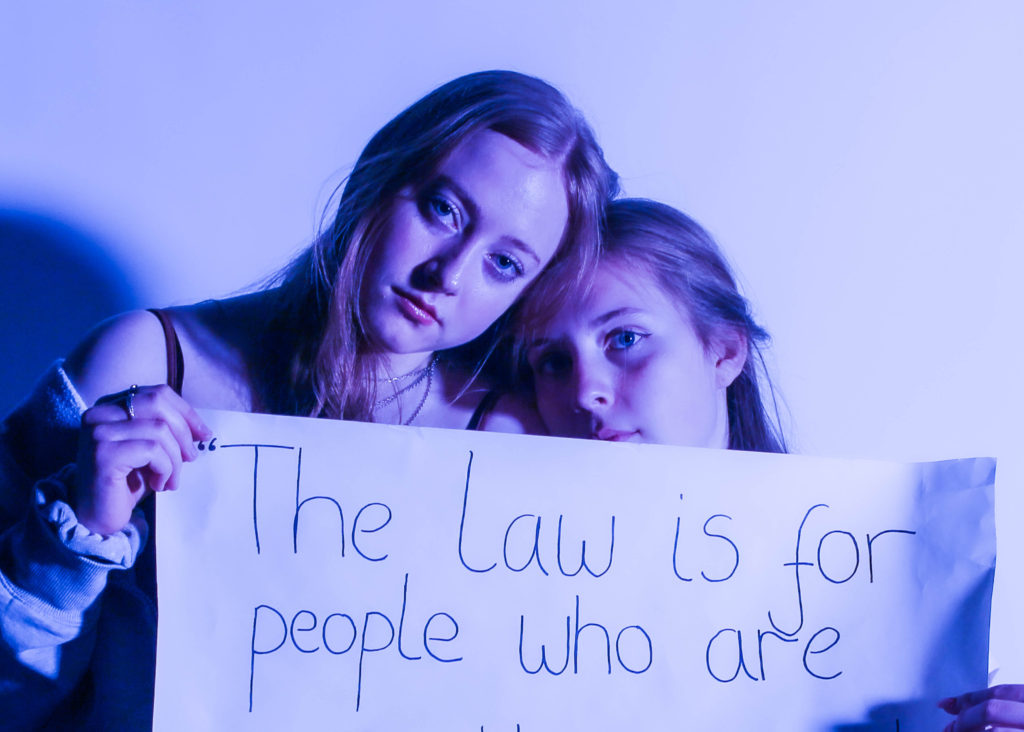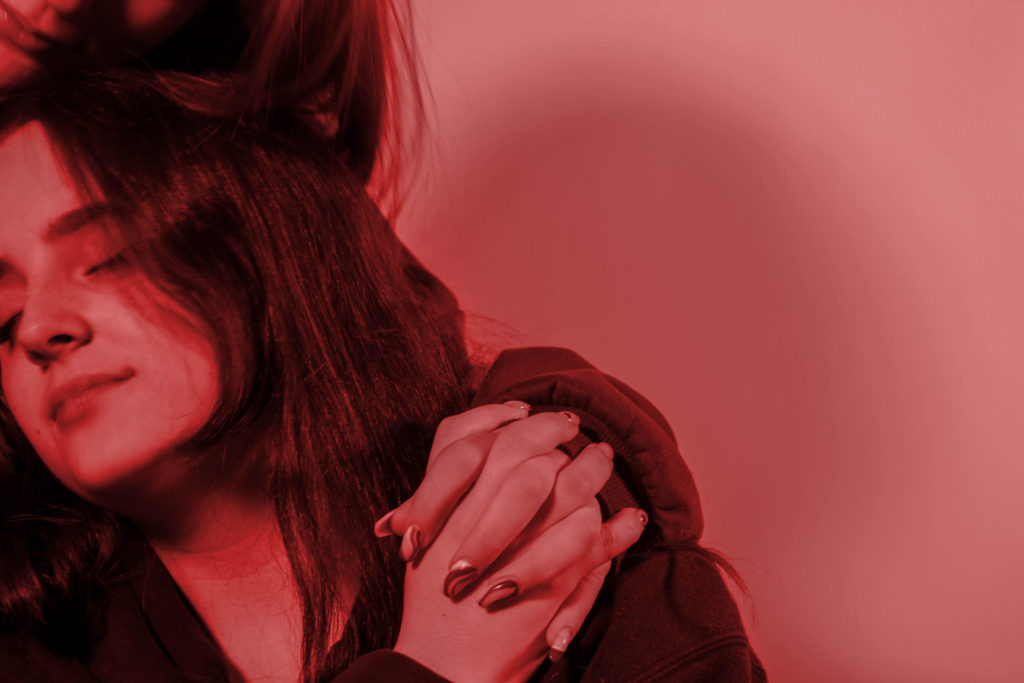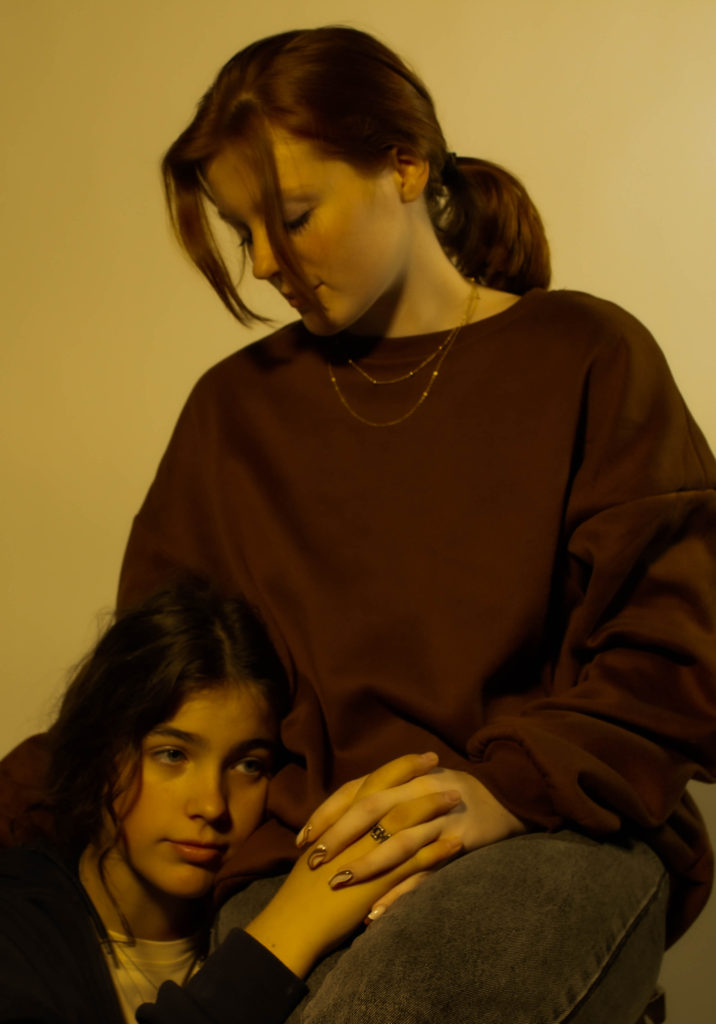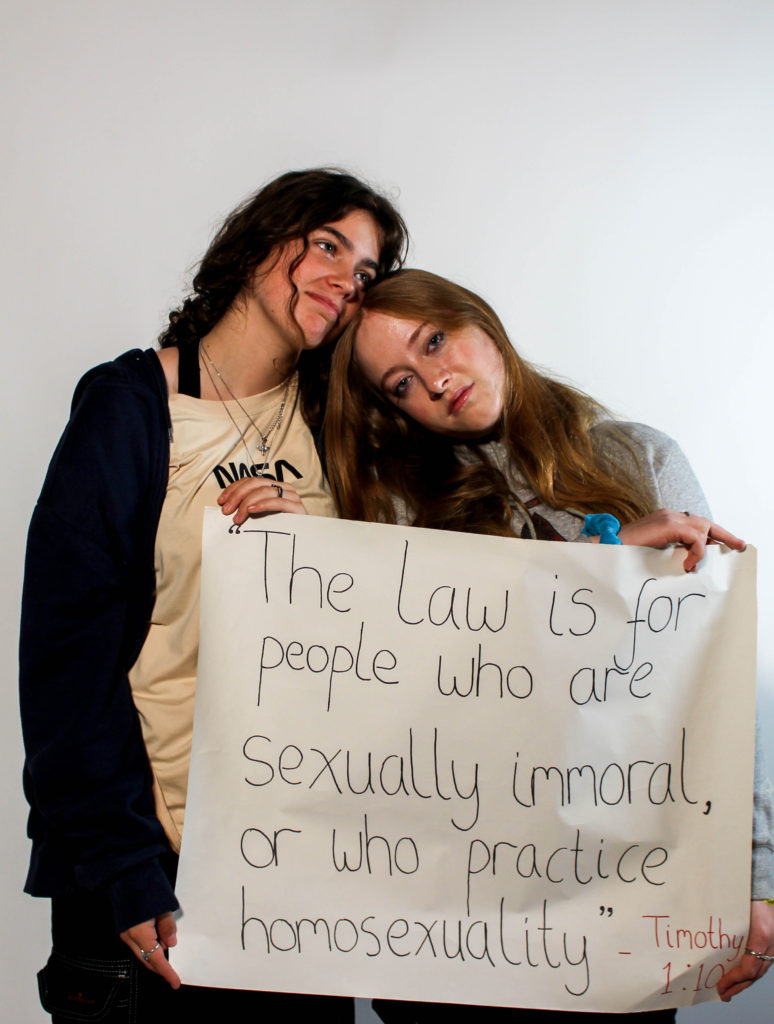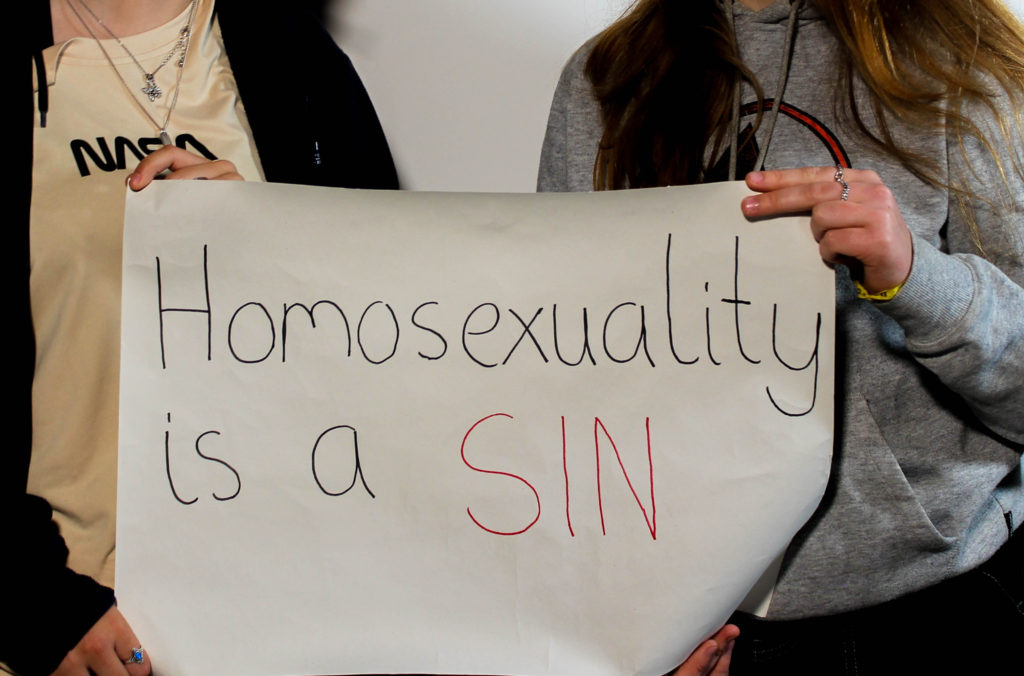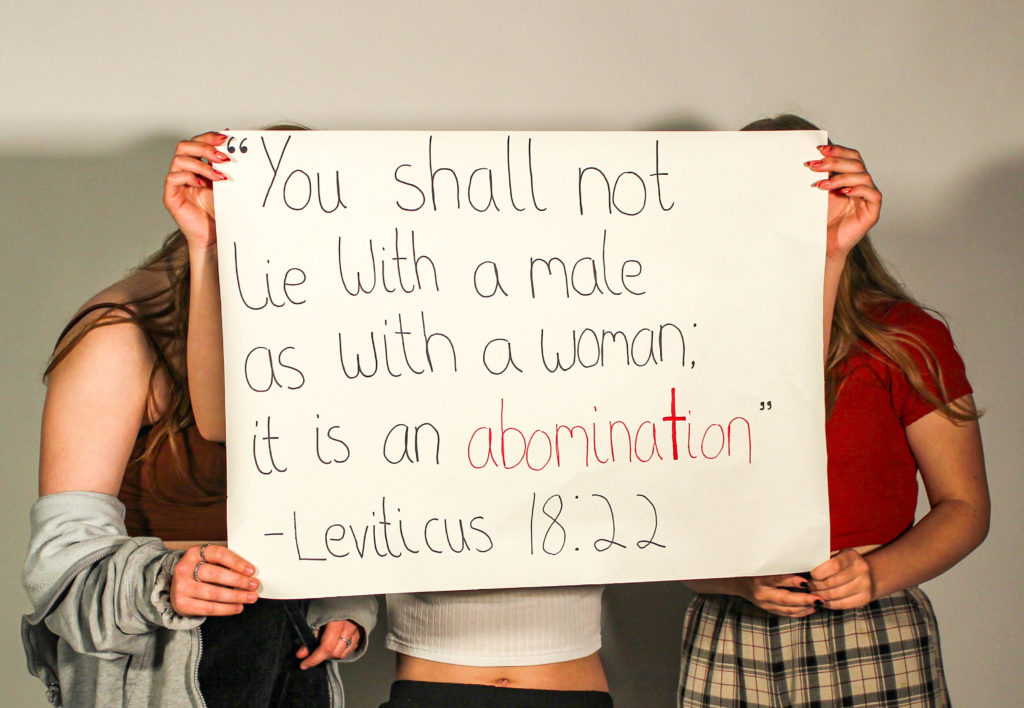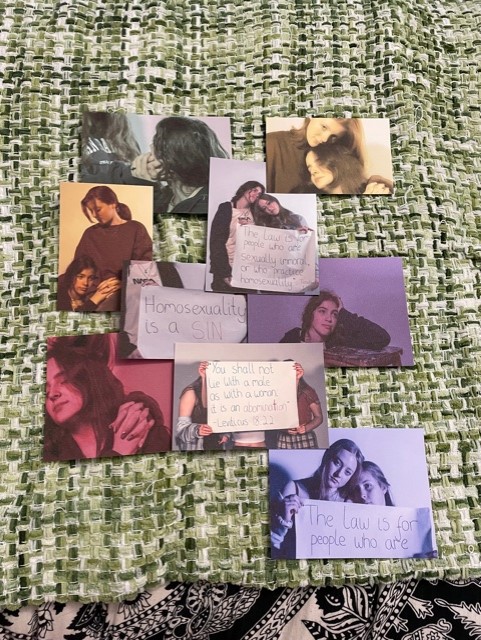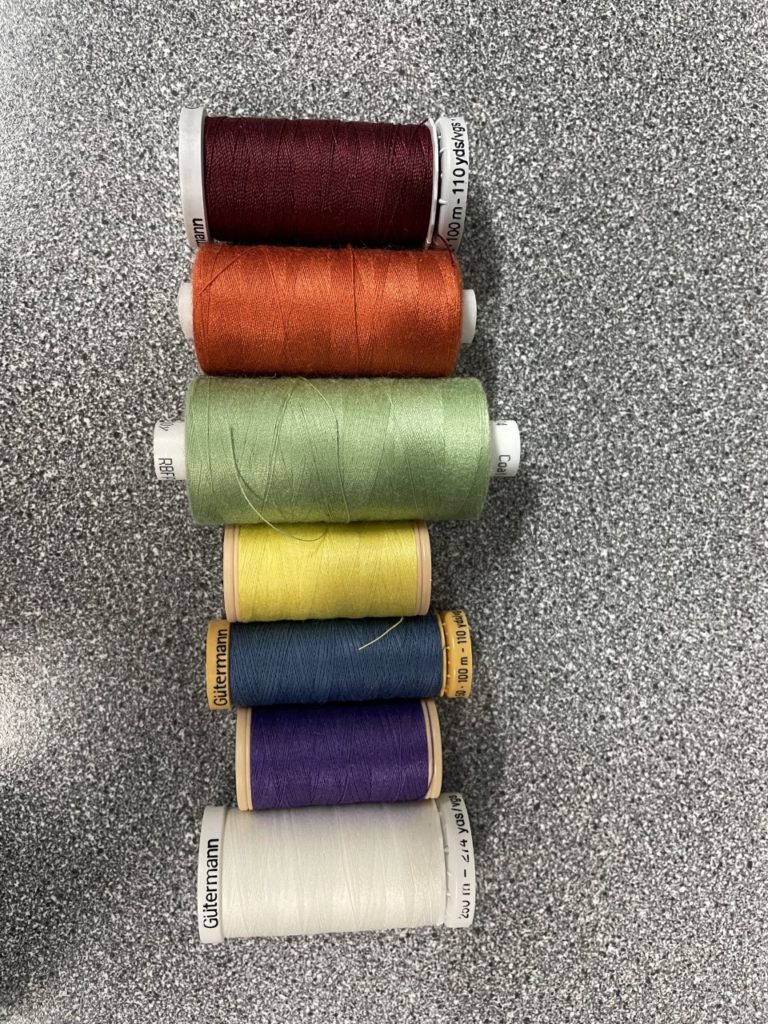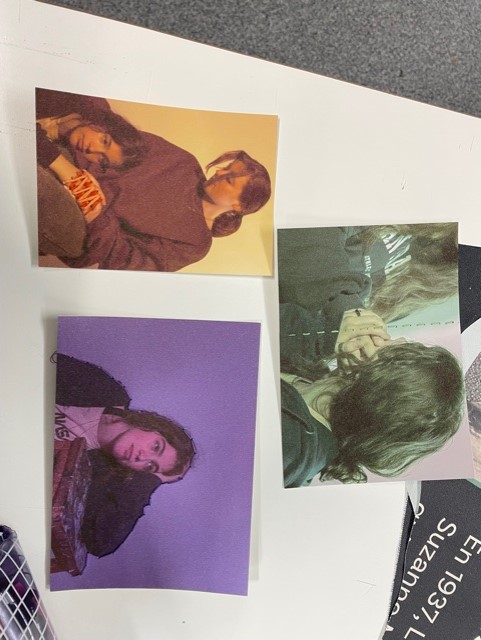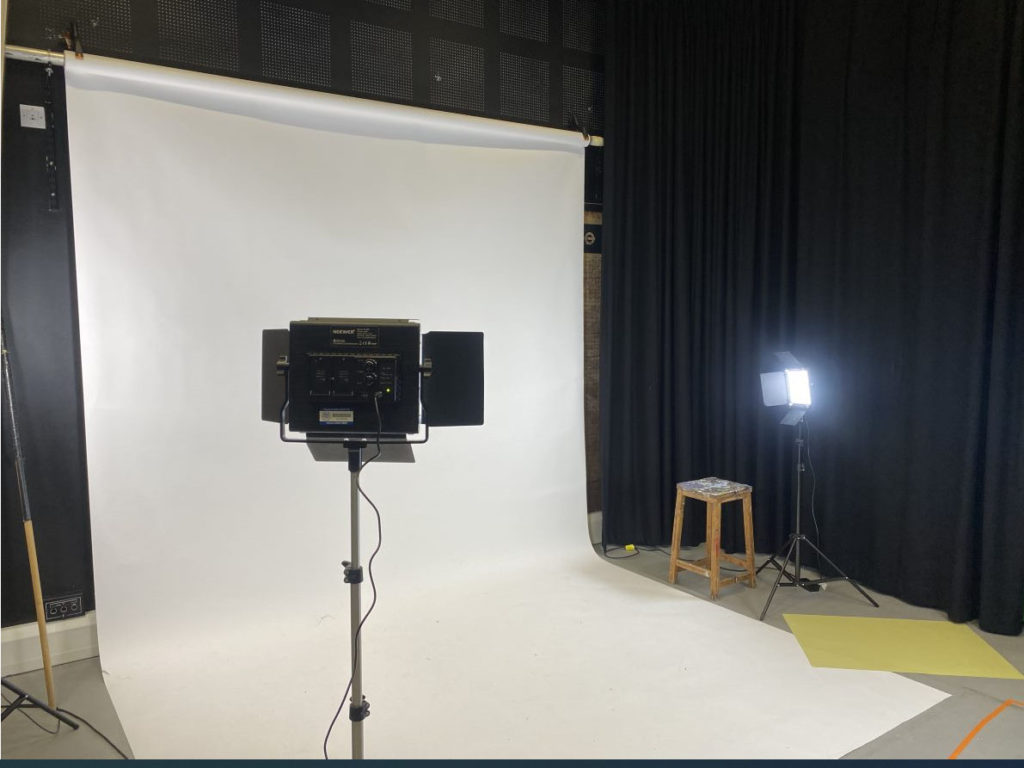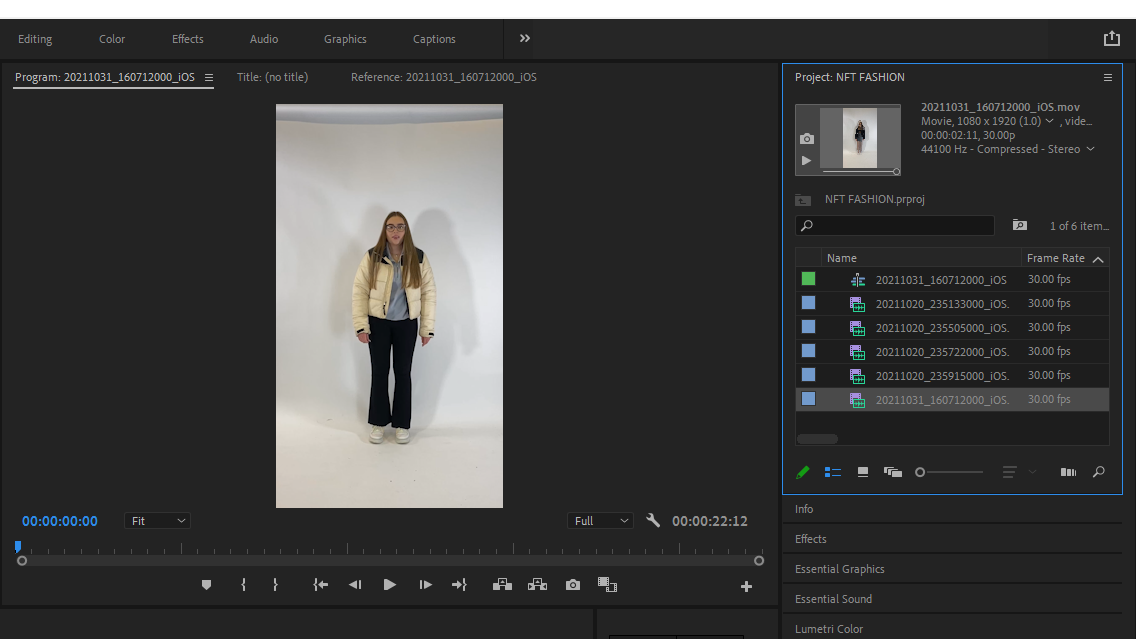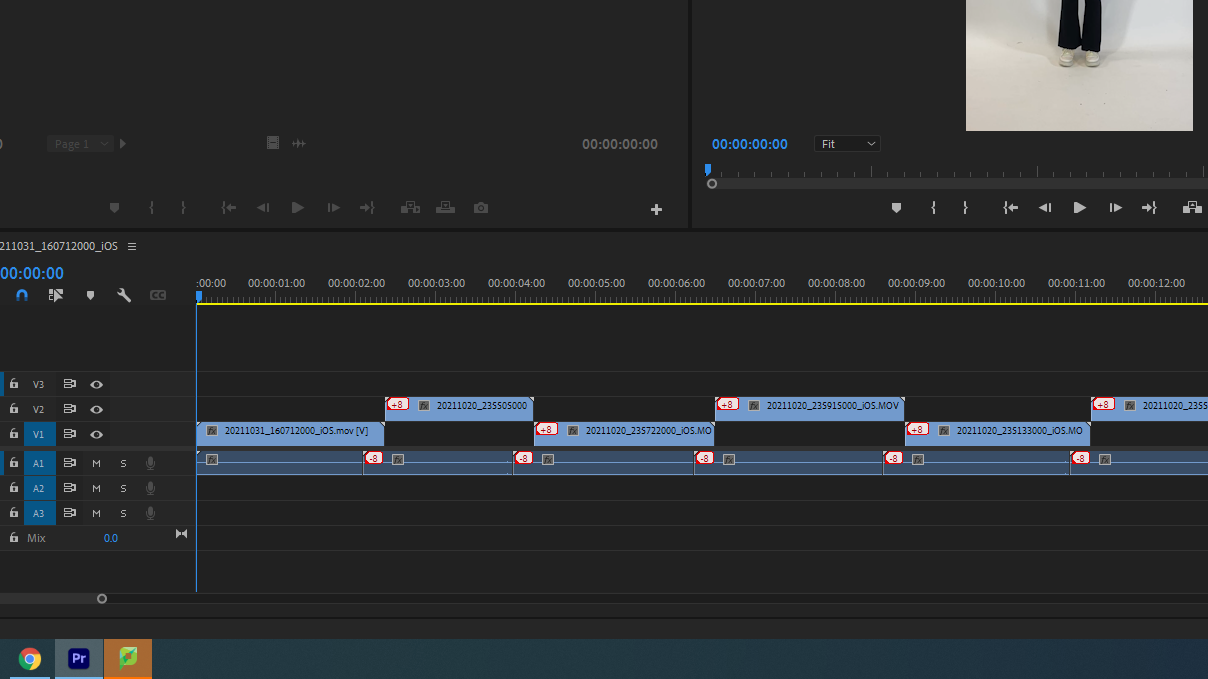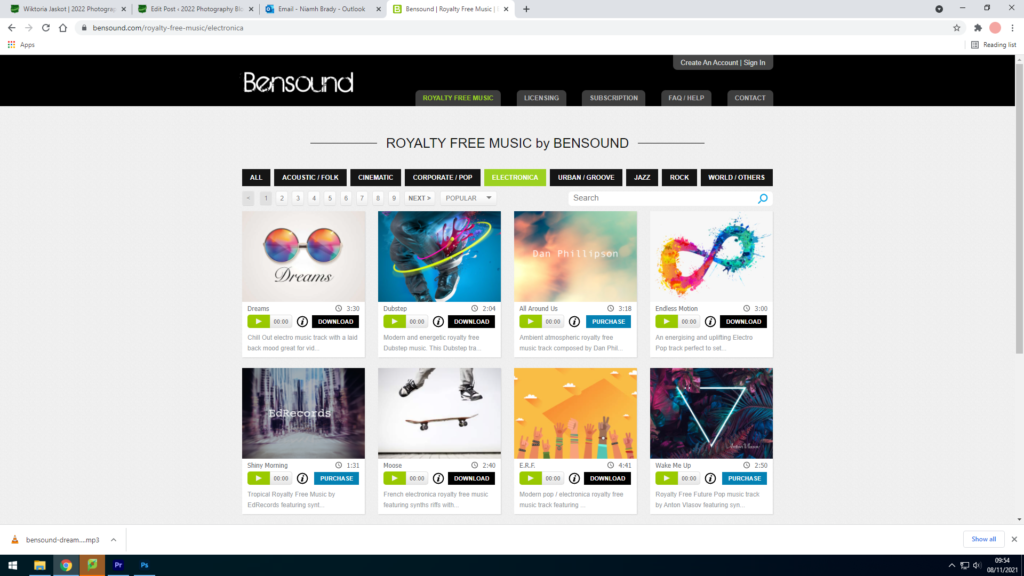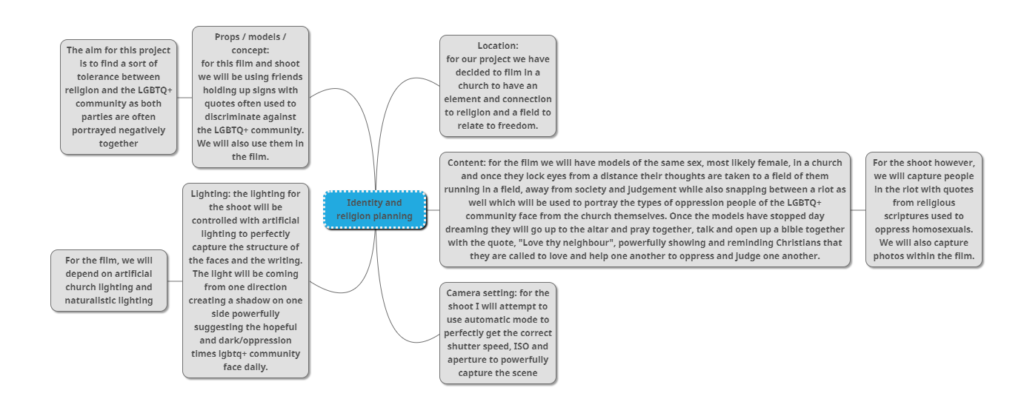
To start our filming process, Tiago constructed a clear and detailed plan for us to refer back to throughout the day. This was extremely beneficial as it helped us stay on focus of what we wanted to achieve and to help us look for little details that can be changed or use to our ability whist at the location to improve efficiency.
While editing the film, Tiago took screenshots of the process as he went. For our film we obtained a soundtrack that we believed would match the mood of the film. We did this by carefully searching for classical and cinematic music from websites that provided royalty free audios that was appraise for all three atmospheres, the church, dream sequence and riot clips. We came across a piece Sailing Away by Shane Ivers. Tiago first arranged the video clips in the order, showing the storyline, then went on to cutting these clips down and trimming them, in order to present the best part of the footage and cut to the beat. In addition, we obtained a recording of a bible passage, specifically one that quotes “love thy neighbour” to relate to the title of the film.


Here we chose to alternate the scenes of calm and chaos to show the binary oppositions of faith and interpretation that are seen in religion when it comes to the LGBTQ+ community, particularly Christianity. We obtained these clips of riots through searching for royalty free stock footage, as we believed using a real life documented event would be more impactful to the message of prejudice and homophobia that is presented through our film. In addition, we also thought that these clips in particular would work best, as they fit the colour grading in the film, with the fire replicating the sunset in the dream sequence and the warm tone of the church pews.


Finally, Tiago added a credit scene at the end of our film, which displays the our names, the film title, the credits for the royalty free music and riot clips, the names of the actors and our school name. This was transitioned into with a crossfade also, as well as the end of the credits. He also faded out the music to give the film a gradual ending, using the constant gain audio effect.

